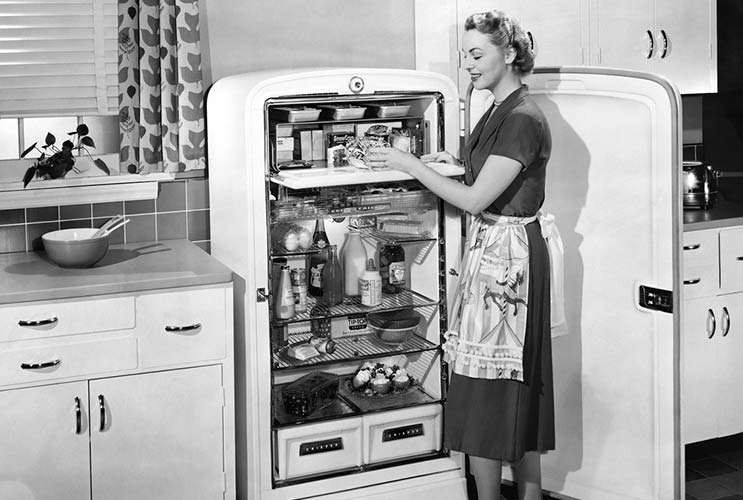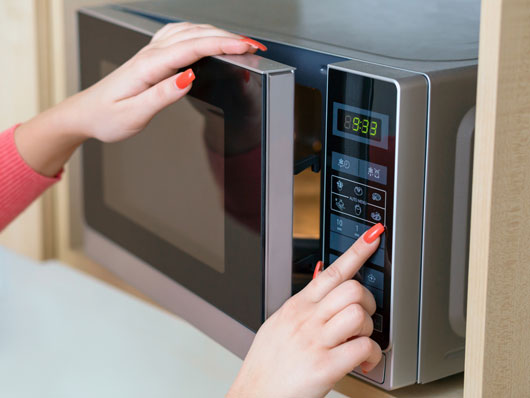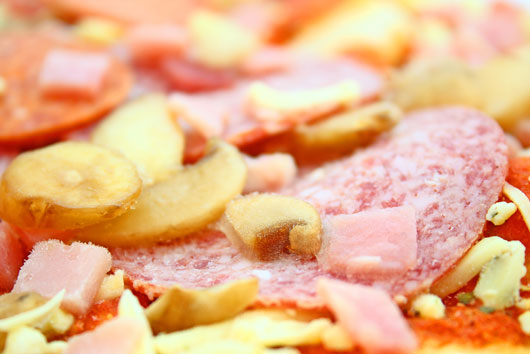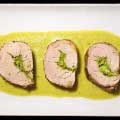
In a perfect world there would be no frozen items, you would only eat fresh produce and you would cook every night, without making daily trips to your local supermarket. In the real world that will NEVER happen. Blame your kids or your job or the long checkout lines at Whole Foods—stocking up on fresh ingredients is harder than you’d think. Thankfully, we have freezers, and double thankfully, you can freeze almost anything. We’ve frozen everything from salmon to vegetables to brownies to Bolognese sauce. Yes, really. The hard part isn’t figuring out what to freeze, it’s making sure you use the right technique to un-freeze it. After all, raw meat is scary in any form, and you need to be careful to make sure you’re aware of food safety temperatures for the sake of your family.
When it comes to working with frozen items, the first step is to select ingredients and dishes that freeze well. Like we said, you can freeze almost anything. Meats and fish (chicken, steak, fish filets, shrimp, even ground meat), vegetables (everything from peas and Brussels sprouts to corn on the cob), chicken broth, pasta sauce, herbs, bread, cookie dough (homemade or store-bought slice-and-bake) and candy (we love a good chocolate bar in the freezer) all store perfectly in the freezer. Things that don’t freeze well include watermelon, lettuce, cooked pasta, yogurt, sour cream and any gravy or sauce thickened with cornstarch or flour.
Read Related: Gross Patrol: 15 Things in Your Fridge that Need to Be Tossed

So let’s talk about the defrosting process. How do you do it? What is the best, safest and let’s be honest, easiest way to get your frozen foods oven-ready? According to celebrity chef and kitchen guru Ina Garten (you may know her as Barefoot Contessa), “the best way to defrost food is slowly, overnight, in the refrigerator. That way it defrosts evenly throughout.” It’s also a fairly fuss-free method, meaning you don’t have to do anything other than place the food in the refrigerator. Sounds dreamy, except you need to have the foresight that you want to prepare something at least 8-10 hours before you are ready to start cooking. Maybe it’s just us, but we almost never plan meals more than 2 hours in advance. So then what?
When dealing with frozen items, another method is using our dear old friend the microwave. We use this appliance more than we’d like to admit for far more than defrosting. Simply place the frozen food (think chicken breast, steak, bagel…) on a microwave-safe dish and select the “defrost” setting on your microwave. Easy peasy, right? Just be careful; while this method may be faster and easier than any other option, it’s also not nearly as safe. Heating raw food too fast could lead to contamination, and you can only use your microwave to defrost food that you plan to cook right away. The USDA states, “holding partially cooked food is not recommended because any bacteria present wouldn’t have been destroyed and, indeed, the food may have reached optimal temperatures for bacteria to grow.”

Perhaps the lowest tech way to defrost is, as Real Simple reports, using a cold-water bath, which means you place the food you intend to defrost in a watertight plastic bag and then submerge that bag in bowl full of cold water. It’s low-tech, but it takes constant attention since you have to swap the water every 30 minutes and you can’t do this for more than 2 hours or else you’ll risk bacterial growth on your food. Ick.
Bottom line: food safety temperatures are important to be aware of. While freezing food is a life-saver when you don’t have endless hours to grocery shop, you want to make a home cooked meal and you want your food to stay as fresh as possible. But defrosting food can be tricky, and if not done correctly it can put your family at risk. The safest way by far is to defrost overnight in the fridge, but the other faster options work as well when done right. And the rule of thumb should always be when in doubt, throw it out.










